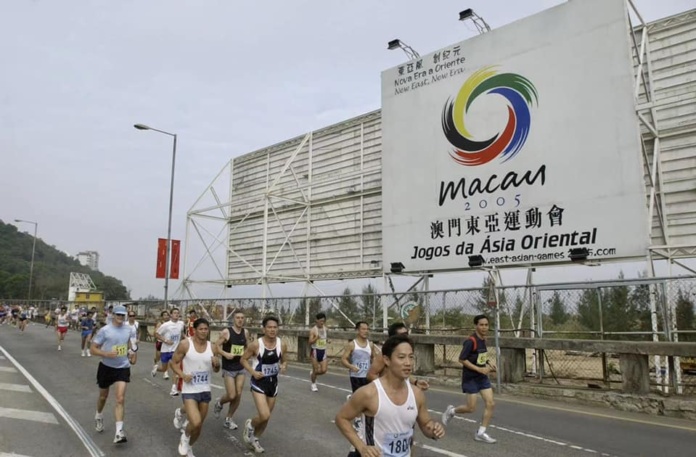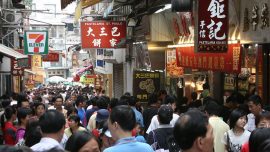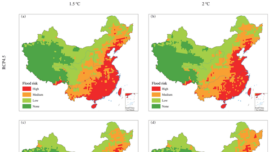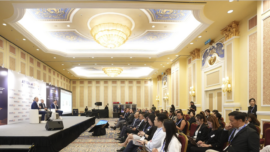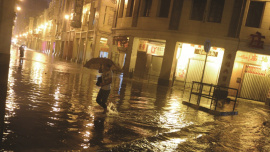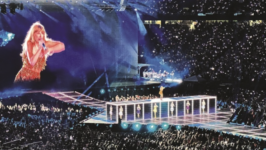In 2005, Macau organised the East Asian Games and invested MOP3.43 billion on the construction and redevelopment of 14 sports venues and other facilities
Macau Business | June 2024 | Special Report | One year to the National Games
Macau’s need to diversify revenue sources and find alternatives to its dominant industry predates the pandemic. However, after what happened between 2020 and 2022, no one was left with any doubts: remaining dependent on a single industry, gambling, is extremely risky for Macau.
The government then pointed to several targets (calling that the ‘4+1 strategy’), and one of them is event tourism, mainly cultural and sporting events—and that is what we are seeing at this time.

It turns out that Macau already knows what it means to be a city of sporting events and has already organised several large ones, not in a tripartite way (being the poor relation, as will happen next year) but assuming all the responsibilities.
Between 2005 and 2007, the city held the East Asian Games (EAG), the Lusofonia Games (bringing together Portuguese-speaking countries), and the Asian Indoor Games (AIG).
It should be highlighted that after the 2007 AIG, Macau never again applied to hold major events.
When the EAG ended on November 9, 2005, the word “success” was the most used to assess what had just happened in the previous 10 days, according to the official report submitted by the organising committee to the East Asian Games Association, which supervised the events.
The number of athletes, technicians, guests, and meda professionals (6,700) or volunteers (11,500) involved were unprecedented for the city.
The overall expenses for holding the 4th EAG amounted to a total of MOP226 million, with a positive balance amounting to MOP135 million, “subsequently returned to the Macau SAR Government,” says the report.
However, although the games’ organising committee returned money, it was known that something had gone wrong with the infrastructure costs. While the organisation’s budget was MOP630 million for the construction and reconstruction of 14 sports venues and other facilities, the associated investment was MOP3.43 billion.
Thus, it became known that, in general terms, the construction of infrastructure for the Games “was deficient in general planning and budgeting, leading several times to immediate budget changes with counterparts in other projects, thus postponing their start. Regarding financial management, there were numerous additional works involving large amounts of money as a result of poor planning, requiring a considerable number of budget changes and, at the same time, making construction expenses far exceed the initial budgets,” according to several reports from the Commission of Audit (CA), published in the years following the event. The forecast for infrastructure expenditure was MOP2.029 billion in 2004 and ended up at MOP3.43 billion (69.9 per cent).
The surprise caused by the release of the final accounts and CA report was followed by the arrest in December 2006, for corruption, of Ao Man Long, until then Secretary of Public Works. Among the public works used for the alleged corruption scheme are some sports venues built in Macau for the EAG, which were the target of criticism from the CA.
‘White Elephant’ Dome?
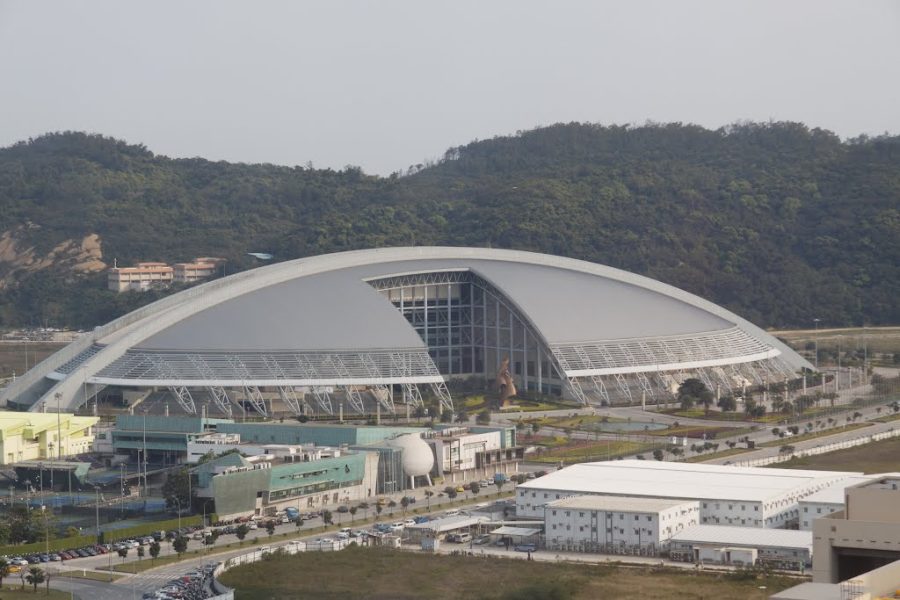
The greatest symbol of the EAG was the construction of the Macau East Asian Games Dome, often simply called Macau Dome, or colloquially known in Chinese as 澳門蛋 (Macau Egg). The Macau Dome, a multi-purpose pavilion (two convention and exhibition halls, an auditorium, and an arena), hosted the main games competitions.
However, in these almost two decades, the Dome has never had a use equal to the many millions it cost. For the youngest in Macau, perhaps the closest they have been to it is the LRT station with the same name. It’s an example of what is often called a ‘white elephant,’ critics say.
In 2018, the Government allocated MOP30 million to eliminate infiltration and other problems and have the pavilion in a position to celebrate the 20th anniversary of the Macau SAR. An ice rink that existed in the space had already been eliminated before, with the Sports Bureau promising a new one.
Last year, lawmaker José Pereira Coutinho denounced the poor use of the spaces and asked about plans for better use by the inhabitants. The Dome cost MOP1.259 billion, which means a 79 per cent overrun compared to the initially budgeted value of MOP701 million (an increase of MOP558 million).





